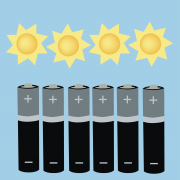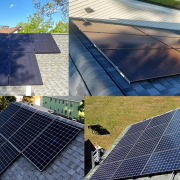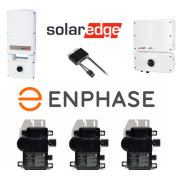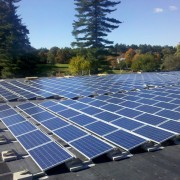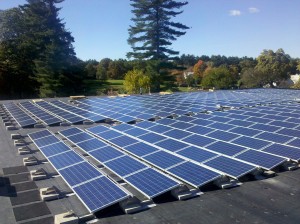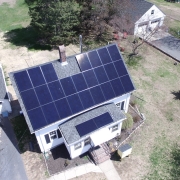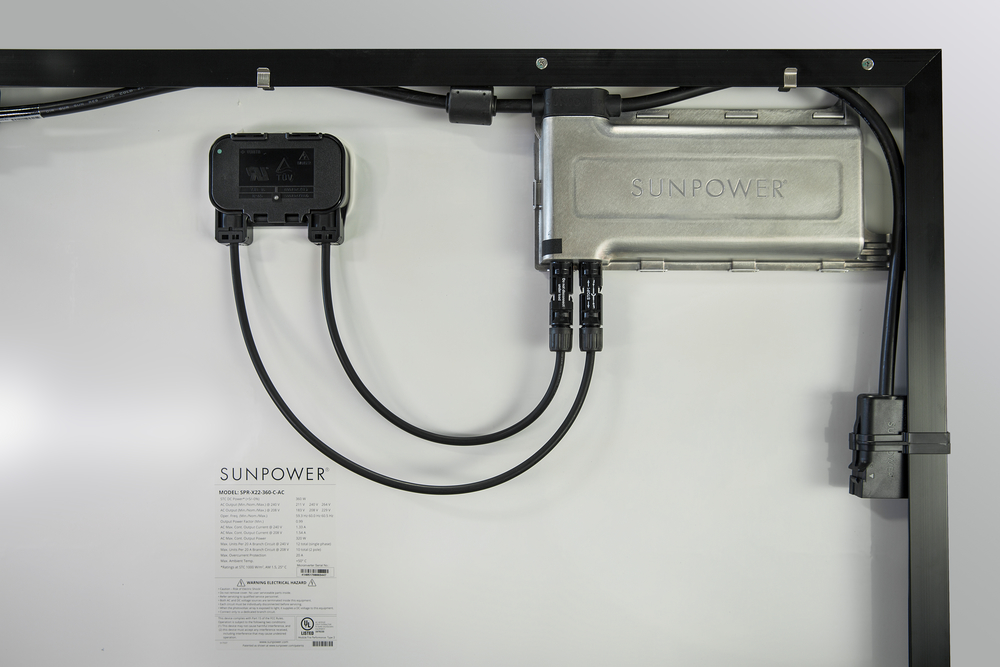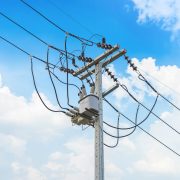Exploring Solar Panel Options
As we step into an era of sustainable living, the decision to adopt solar energy is not just about harnessing renewable power but also making a choice that profoundly impacts both the environment and homeowners’ finances. The right solar panel selection is crucial, serving as a gateway to a greener future and providing tangible economic benefits for those who embrace solar technology.
Environmental Benefits: Solar panels generate electricity by harnessing the sun’s energy, a process that produces no greenhouse gas emissions. Opting for solar power reduces reliance on fossil fuels, contributing to lower carbon footprints and mitigating the effects of climate change. By choosing the right solar panel, homeowners actively participate in the global effort to transition to cleaner, sustainable energy sources.
Economic Advantages: The economic benefits of solar energy extend beyond merely saving on electricity bills. Many governments and local authorities offer incentives, tax credits, or rebates to encourage solar adoption. Homeowners investing in solar panels can experience a significant reduction in their electricity costs over time, leading to substantial long-term savings. Additionally, the resale value of solar-equipped homes tends to be higher, attracting environmentally conscious buyers and positioning solar as a sound financial investment.
In essence, selecting the right solar panel isn’t just a choice for today; it’s a commitment to a more sustainable tomorrow and a strategic financial decision that empowers homeowners with both environmental stewardship and economic resilience.
Here at SGE Solar, we offer every product available on the market including QCells Q.Tron BLK, Maxeon, Rec Alpha Rec430 Pure R Series, Solaria Power X, Trina, Panasonic Panels, Silfab just to name a few. Contact us today to get a free quote for your home!
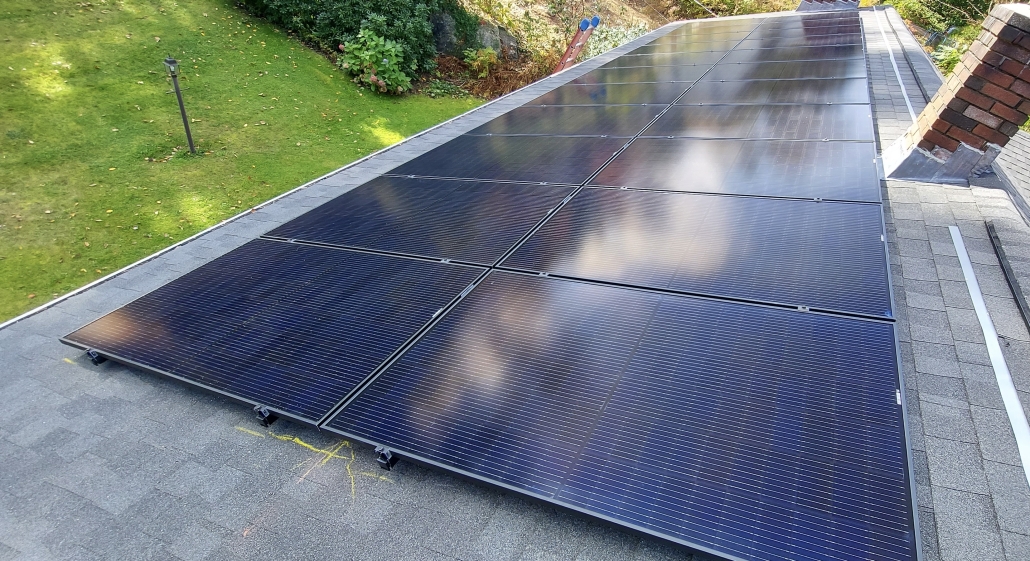

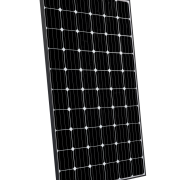
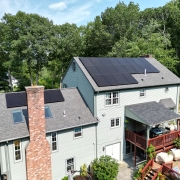
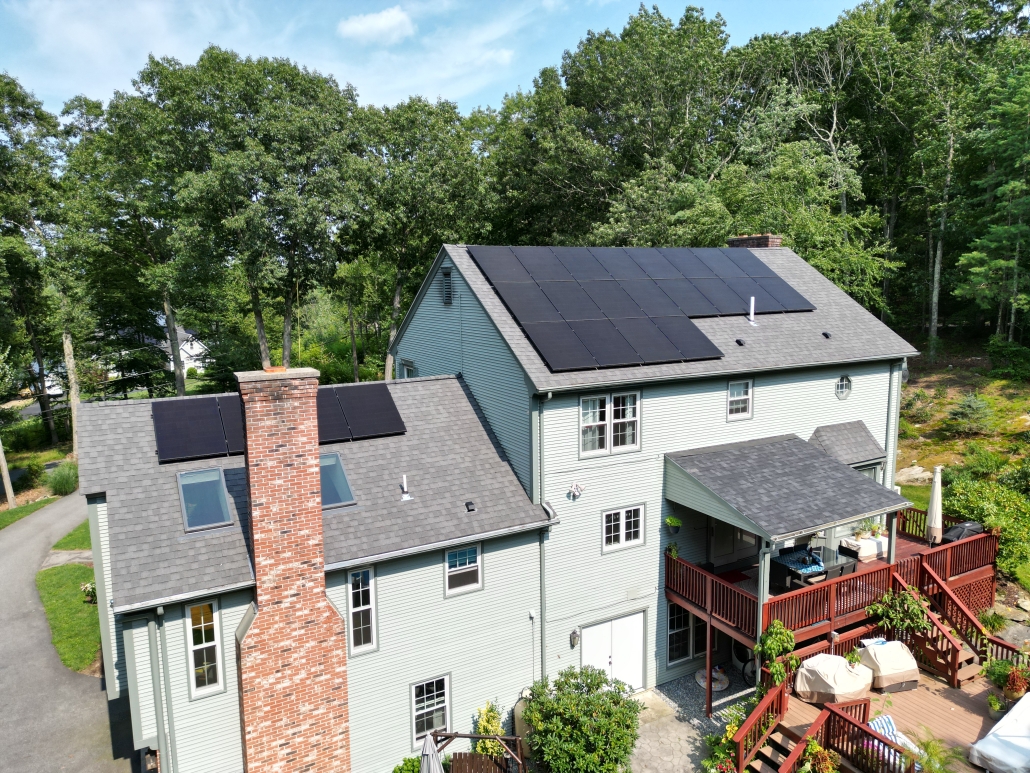 can help you make informed decisions tailored to your specific needs and circumstances.
can help you make informed decisions tailored to your specific needs and circumstances.